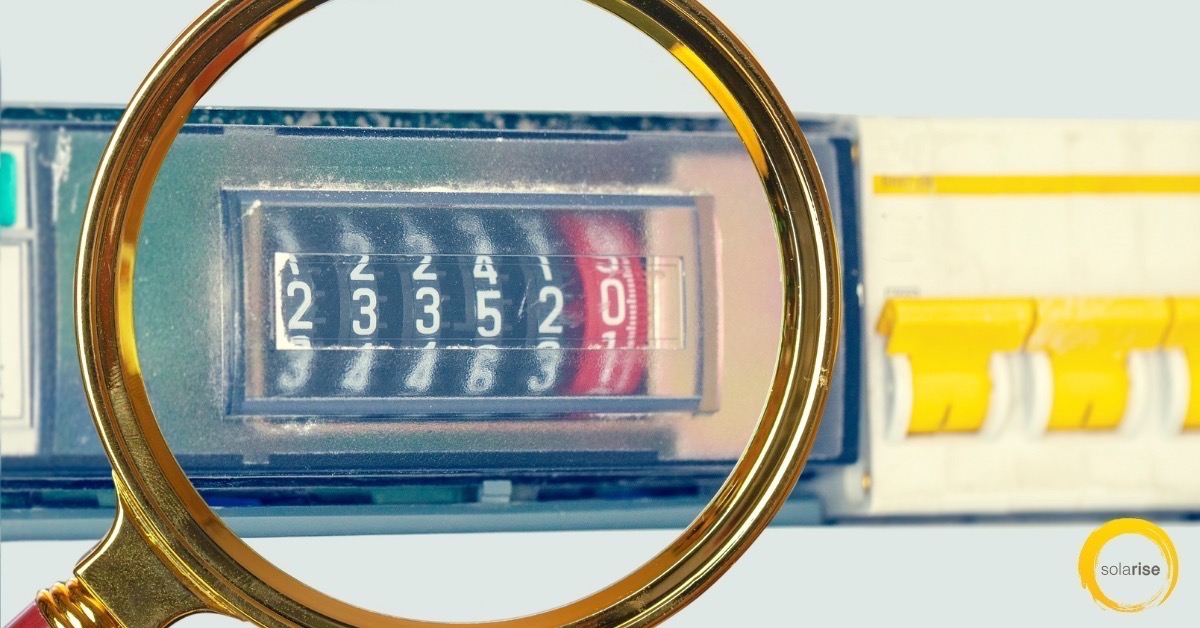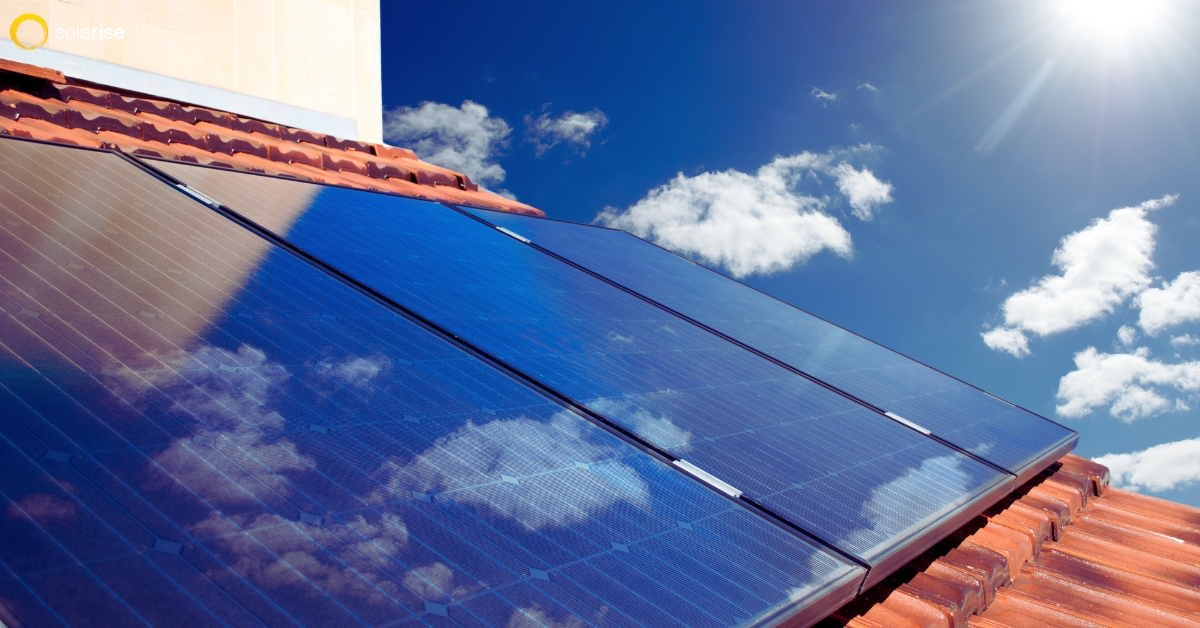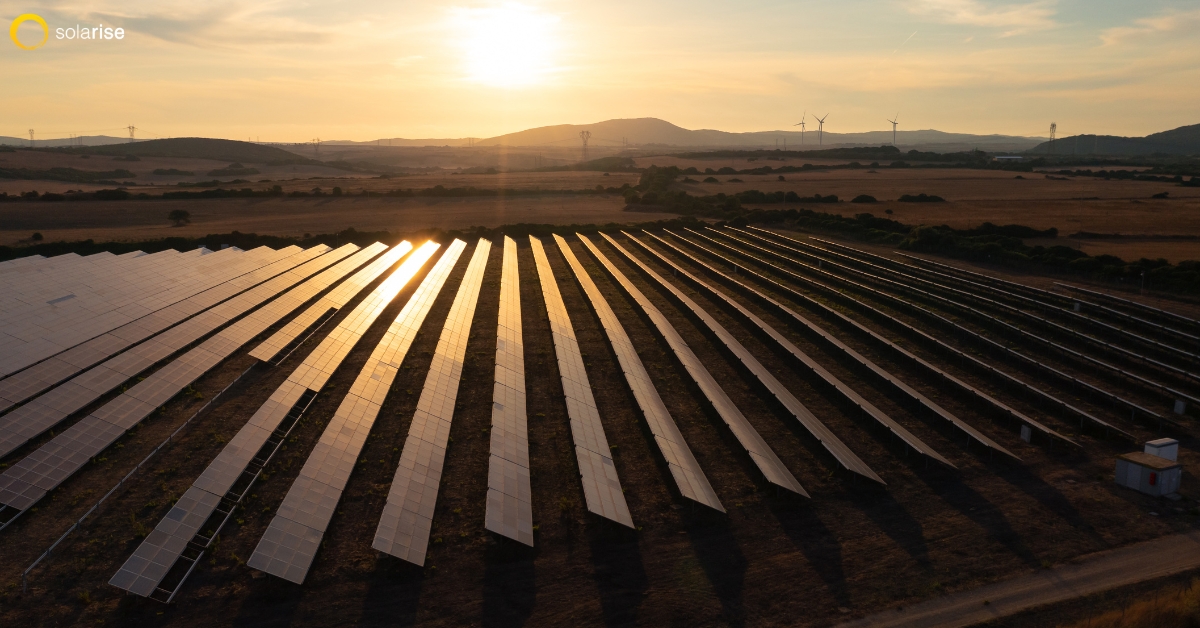Reading an electric bill probably seems like a simple task. But, the correct way to process the information on these bills is not as obvious as many people assume. So, the majority of U.S. Americans may actually be making mistakes in reading electric bills and forming basic conclusions and energy cost savings strategies based on misinterpreted information in them. Below is information to help customers better understand how to read your bill from your electricity provider.
Five Keys to Reading Electric Bills Correctly
Understanding electricity bills means knowing how your bill represents your energy consumption and costs, and how those are being calculated by your utility company. Here are the 5 key information items you need to know:Know How Your Usage Is Being Charged in Each Billing Cycle
First, examine the details of your billing setup, to be clear on exactly what you are being charged for your monthly electricity usage and how your bill for the amount you use is being proportioned on each bill. Which of these energy usage billing plans is in effect for your account?- Monthly Billing: Do you pay every month for the amount of electricity you used during the previous month? If you are being charged for your prior month’s usage, the bill you receive for each billing cycle will charge you for the amount of kilowatt-hours used in your house during the previous month. The number of kWh will be charged at the prevailing rate per kWh.
- Budget Billing: Or, are you being charged on a budget billing arrangement? If you’re on a monthly budget billing plan, your utility company bases your monthly payment on the number of kilowatt-hours you consumed last year. From that total, the provider assumes that you’ll use around the same this year, and creates a monthly average for you to pay. This billing plan permits you to distribute the total annual cost of your electricity evenly over the 12 months so that your bill each month is consistent.
Know Which Utility Type You’re Reading on Your Combined Bill
In some areas of the U.S., all or most of a household’s utilities are billed together on one monthly bill, generated through a single public billing system. The electricity bill may be bundled with those for gas, water, sewage, trash pickup, possibly recycling, and potentially other services. So, on combined utility bills from your municipality, be sure you are distinguishing between the usage amounts being billed for units of each type of resource consumed. The utility unit codes for primary resources include:- Electricity: Units of electricity are measured per kilowatt-hour (kWh).
- Gas: Units of gas are measured per British Thermal Unit (BTU).
- Water: Water usage is measured per gallon (gal).
Be Clear on All Charges That Add Up to Total Your Final Electricity Cost
The total amount you pay on your electricity bill is not just for the amount of power you use. In addition to the amount billed for energy used, multiple other charges are included in your electricity bill. There are added charges for paying workers and other utility company costs, and for helping the company maintain the public power grid. See the line items for charges such as delivery, supply, taxes, fees, etc., in your energy bill, to discover how much you pay in expenses for the power company. In regions with multiple electricity suppliers, you may be able to switch to a provider that offers more competitive rates for your area.Know the Number of Kilowatt-Hours Used in Your Home Each Month
Determining the number of kWh you have consumed in a billing month can be more complex than just dividing the total to be paid by the rate your electric company charges per unit of power. Some companies charge their customers based on a tiered billing structure. For example, each of the first few hundred kWh might be billed at the same price per kWh, but then you are billed at a different rate for the next several hundred kWh, and so on. If your electric company does bill on a tiered rate structure, the number of kWh you use at each tier pricing level should appear on your bill. When you add together the total kWh billed at all the tier levels, that should be your total kWh used during the month. Learning your actual energy use per kWh can help you pinpoint day-to-day issues of excess energy use in your home and help indicate solutions to reduce your utility cost. For ideal specificity, use a home energy monitor.Correctly Calculate Your Total Monthly Electricity Use and Cost
Some electric companies show your daily use on your bill, whereas others show only the fluctuations in your monthly usage amounts through the year. Be sure you’re measuring your usage for the same period of time charged on the bill you’re examining. That is usually monthly unless you’ve signed up for budget billing. Be sure to note the difference between your monthly rate and daily rate. Typically, utility customers can take their total electricity bill and divide it by the monthly total of kilowatt hours used during the month, to determine the rate they pay. For example, a $160 electricity bill divided by 1300 kWh is a rate of $0.12 cents per kWh. This number reveals how much your home energy is costing to purchase from your regional utility company, vs. the solar energy cost or costs of other energy sources.Why Go Solar?
The U.S. Energy Information Administration estimates that in 2020, the average retail price of electricity was around 10.66 cents per kWh, with many factors affecting fluctuations from that rate. Using the above approach to break down your home energy bill, you can more meaningfully compare the amount you’re paying monthly with the cost of alternative energy resources available to you. Are solar panels worth it? Through such a comparison, you can expect to find that generating electrical power for your home from an alternative source like solar, comes with major benefits:- You save money for home energy costs.
- You’re free from paying the power company so much and can create your own energy.
- You realize a return on your investment in the equipment.
- You can generate sustainable energy, instead of buying power produced from fossil fuel.
- You receive tax credits, rebates, and other solar investment incentives.
- Per the USDE, adding a solar energy system has been shown to increase property values.
- You achieve energy independence, which is an exceptionally secure position.
Solarise Solar, Colorado Springs, Colorado
Over the past 5 years, Solarise Solar has been helping Colorado home and business owners with the best quality and prices in the installation of solar energy systems customized to meet usage and budget needs. We provide the following important benefits, among many others, for our customers:- Zero Down Payment: No big initial investment is required.
- Low-Interest Financing: We offer solar financing that makes sense for your budget.
- 30-Year Warranty: This means peace of mind throughout the life of your system.
- System Monitoring: Track your system’s efficiency with handy desktop and mobile apps.






